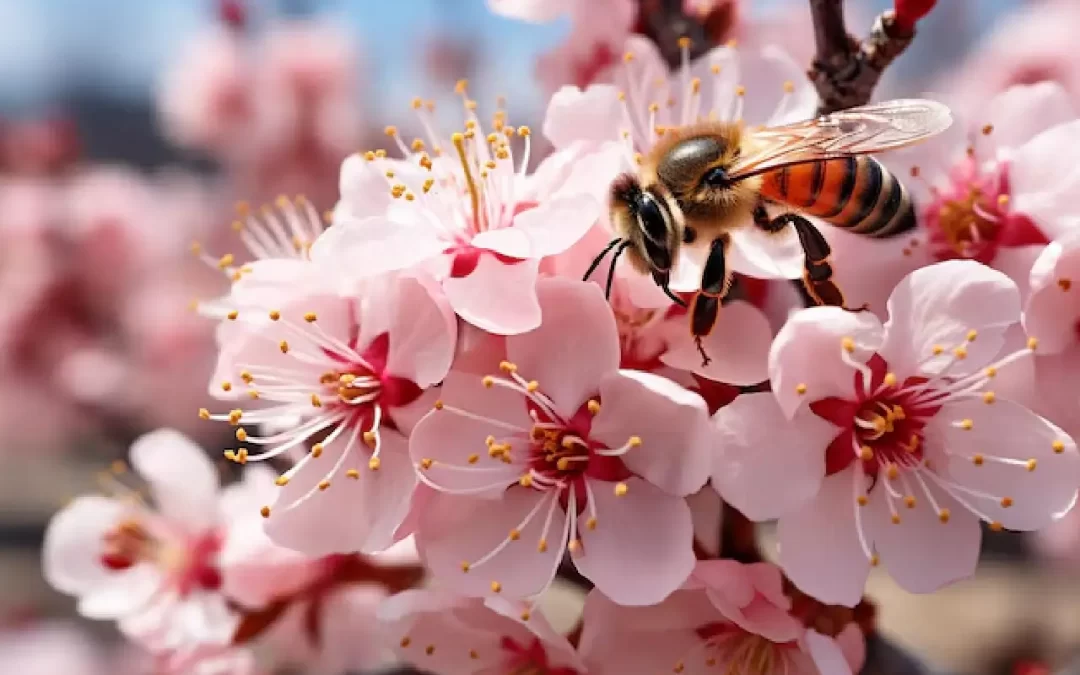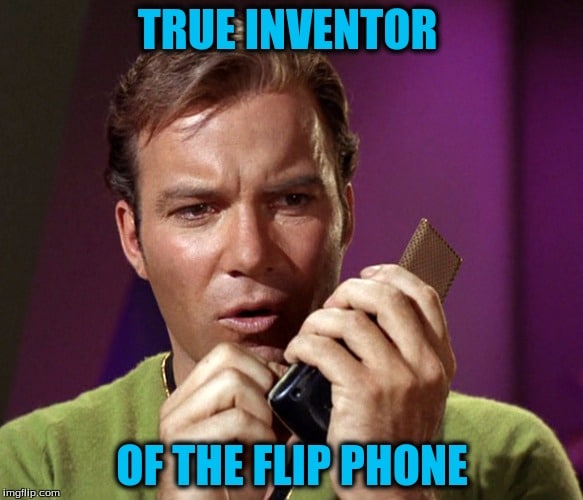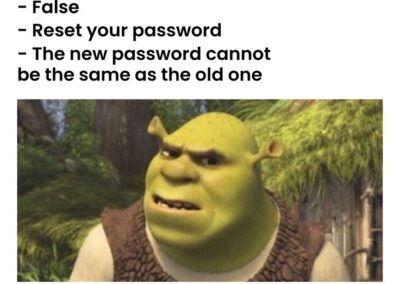
What are Inbound Links, Backlinks, and Internal Links?
Inbound Links, Backlinks, and Internal Links: The Web of Connections That Boost Your Content
Ever heard the phrase “It’s not what you know, but who you know”? Well, in the world of digital marketing, it’s a little bit of both. You can write the best content on the internet, but if no one is linking to it, it’s like throwing a fantastic party and forgetting to send out invitations. That’s where inbound links, backlinks, and internal links come into play.
Backlinks: The Internet’s Version of a Personal Recommendation
A backlink (also called an inbound link) is a link from another website to yours. Think of it as a vote of confidence—when another site links to your content, it signals to search engines that your page is valuable. The more quality backlinks you have, the more credibility and authority your website gains.
For example, if a high-profile publication links to your blog about evergreen content, that’s like a respected expert saying, “Hey, this person knows their stuff!” Google pays attention to that, which can help boost your rankings.
Internal Links: The Secret Pathways to a Better User Experience
An internal link is a link from one page of your website to another page of your website. These are the signposts that help both visitors and search engines navigate your site. They keep readers engaged by guiding them to related content, and they help distribute SEO power across your pages.
For instance, right now, I could link this blog post to my article about evergreen content (boom, that right there, “evergreen content,” is an internal link!). That tells both my readers and search engines that these topics are connected and worth exploring together. It also keeps users on your website longer, making it easier for them to navigate similar topics, and improving their overall user experience, which Google appreciates.
Inbound Links: The Friendly Neighbors Sending Traffic Your Way
The term inbound links is often used interchangeably with backlinks, but it can also refer more broadly to any link that brings visitors to your site—whether from an external source such as a newsletter, an Instagram story, or even another page within your domain – which, again, we more often refer to as an internal link.
Why These Links Matter for Your Content Strategy
SEO Boost – Search engines see links as endorsements, helping your site rank higher in search engines.
User Engagement – Internal links keep visitors on your site longer, exploring more content.
Traffic Growth – Backlinks from reputable sites can drive new audiences to your content.
So, if you’re creating evergreen content (content that stays relevant over time), make sure it’s well-connected with internal links and encourage backlinks by sharing and promoting your work. After all, the best parties—the best content—deserve a crowd!
Want to see an internal link in action? Check out my post on evergreen content here, and see how it all comes together!
Lastly, Learn the Pro’s and Con’s of Buying Backlinks!
Spoiler Alert! There are very few pro’s! Read on right here, and decide for yourself how to get those pesky backlinks to point to your website.









